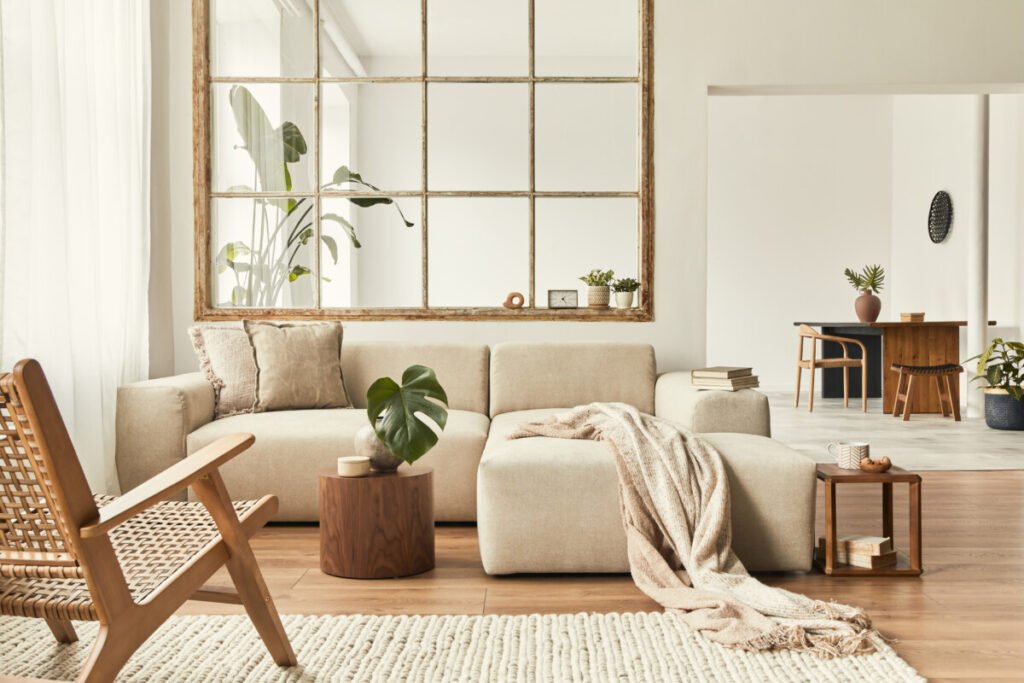Discover How Vintage Charm Meets Modern Innovation in Today’s Home Design Trends
The latest home design trends from the 2010s to the present showcase a harmonious blend of old-world charm and cutting-edge technology. Imagine reclaimed wood, vintage accents, and sustainable materials coexisting with sleek lines and smart home features. It’s an era where sustainability, comfort, and individuality take center stage.
Whether you’re renovating a historic apartment in Boston or designing a new home in Austin with a timeless appeal, today’s homes strike a delicate balance. Design experts weigh in on how they’re infusing vintage-inspired elements, eco-friendly materials, and subtle tech upgrades into contemporary spaces—resulting in interiors that feel both fresh and enduring.
1. Infuse Classic Elements with a Contemporary Twist
“I admire how current design seamlessly merges the old with the new—there’s a timeless quality to pairing traditional architectural details or vintage fixtures with modern furnishings and smart technology,” says Alex Taylor from CrownTV. “One of my favorite approaches is incorporating reclaimed wood in unexpected ways, like a rustic beam in a modern kitchen or a contemporary vanity in a minimalist bathroom. Matte black hardware remains a personal favorite—it adds sophistication and edge to any space. These modern styles don’t compete with tradition; they enhance it, resulting in homes that feel both inviting and forward-thinking.”
2. Merge Smart Home Technology with Timeless Elegance
“One of the highlights of current design is the seamless integration of modern technology with timeless charm,” suggests Rebecca from Rebecca Lauren Interiors. “I enjoy combining smart home features with classic elements like reclaimed wood beams or vintage-inspired lighting—it’s a fusion of old-world soul with contemporary convenience. A unique twist I often employ is pairing sleek, minimalist furniture with traditional wood paneling or intricate millwork to strike the perfect balance. These modern touches don’t overpower traditional interiors; instead, they elevate them, creating spaces that feel rooted yet forward-looking.”
3. Focus on Connection, Comfort, and Personal Style in Design
“What excites me most about home design from the 2010s to today is the emphasis on human connection—bringing people together, sharing meals, and enjoying time with loved ones,” mentions Meredith Myers at Jack and Mo. “Kitchens and family rooms are designed for socializing, while outdoor spaces offer comfort with fire features and cozy seating. Entryways now welcome guests with functional built-ins, vibrant wallpaper, and smart storage solutions. Our homes have become more versatile—dining areas double as entertainment zones or workspaces, and guest rooms serve multiple purposes. We’re prioritizing smart design over size, moving away from oversized properties. Personal style plays a significant role in decision-making—whether mixing heirloom pieces with modern accents or embracing trending styles like Japandi or California Modern. Homes now reflect our identities, not just passing fads. Natural materials, refined woods, and bespoke details blend seamlessly with clean lines and open layouts, striking the perfect balance between tradition and innovation.”

4. Embrace Personalization with a Bold Transitional Design Approach
“The evolution of design from the 2010s to the present showcases a fusion of modern and traditional influences, often referred to as ‘transitional’ style,” says Farrah Brittany, Founder/Agent at The Agency. “While the term may feel generic, it’s common to categorize properties as Modern Spanish or Contemporary Traditional. I’m particularly drawn to the use of natural stones like unfilled travertine, paired with aged brass fixtures for a juxtaposition of styles. What excites me currently is the trend towards richer, warmer elements—bold paint hues and darker wood finishes in flooring and cabinetry. It’s a refreshing departure from the ubiquitous beige walls and light oak floors we’ve grown accustomed to. Design is becoming more personalized and expressive once again.”
5. Merge Timeless Details with Modern Innovations
Margaret DeFazio from the The DeFazio Flanagan Team suggests, “I appreciate the integration of vintage and contemporary elements, celebrating architectural heritage while embracing modern advancements. For example, incorporating reclaimed wood beams in minimalist spaces adds warmth and character, while smart home features offer convenience and a sleek aesthetic.
My favorite aspect of this era is the seamless blend of classic design elements—such as coffered ceilings or herringbone floors—with modern materials, resulting in a timeless yet current aesthetic. These modern styles, when harmonized with traditional interiors, create a layered richness that speaks to both past and present, crafting spaces that are functional, inviting, and deeply personal.”
6. Elevate Open Layouts and Neutral Walls with Thoughtful Accents
“Open concept living, popularized in the 2010s, promotes flexibility and fluidity—enabling one space to serve multiple purposes through strategic design elements like rugs, lighting, and furniture arrangement,” notes Angele from Ikorodu Interiors. “It also invites ample natural light and a stronger connection to nature. Pairing this with bright white interiors creates a timeless combination. White walls provide a canvas for textures, colors, and personal touches to shine, while remaining adaptable as your style evolves.”

